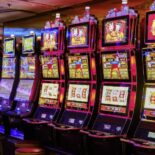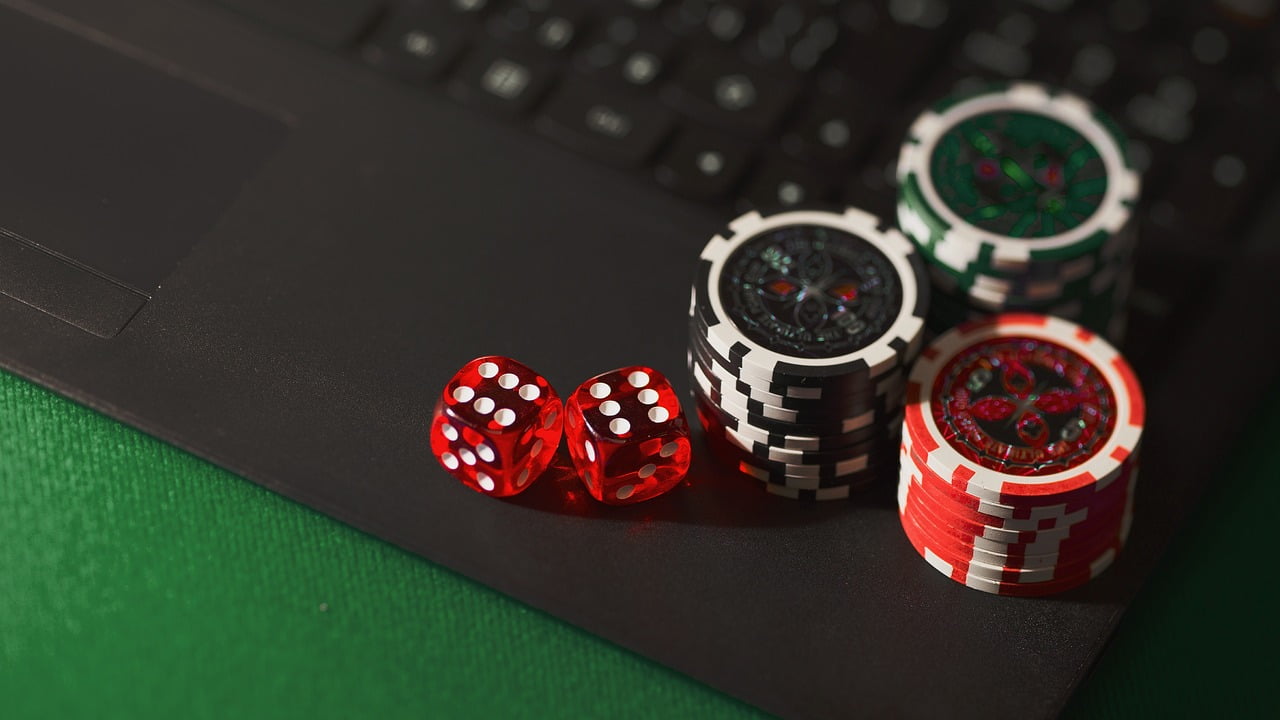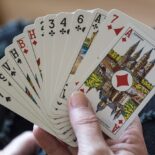As the saying goes, “What happens in Vegas, stays in Vegas”. But the story of the MIT Blackjack Team has not only left Vegas but has also been etched into the annals of gambling folklore. This group of card-counting whizz kids from some of America’s most prestigious universities, including the Massachusetts Institute of Technology (MIT) and Harvard, took on the casinos in the 1980s and 90s and walked away with millions.
Who Were The MIT Blackjack Team?
The MIT Blackjack Team was a group of students and ex-students from the Massachusetts Institute of Technology, Harvard Business School, Harvard University, and other leading colleges who applied card counting techniques and more sophisticated strategies to beat casinos at blackjack worldwide.
The team was formed in 1980 by Bill Kaplan, a Harvard MBA graduate who had successfully implemented his card-counting techniques in Las Vegas casinos. Over the years, the team grew to include several members from various elite educational institutions, all united by their love for numbers and their ability to outwit the casinos at their own game.
Is MIT Counting Cards Based On a True Story?
Yes, the MIT Counting Cards saga is a true story. The team used various card-counting techniques to win blackjack games.
Card counting is a casino card game strategy used primarily in the blackjack family of casino games to determine whether the next hand is likely to give a probable advantage to the player or to the dealer. The MIT team perfected these techniques to gain a significant edge over the house.
MIT Blackjack Team Members
The MIT Blackjack Team consisted of a diverse group of students and alumni from MIT, Harvard, and other top universities. The team started as a small group of 10 but quickly grew to nearly 80 members.
Some of the most famous members included Jeff Ma, Jane Willis, Mike Aponte, Laurie Tsao, John Chang, and Bill Kaplan. These individuals held various roles within the team, such as “The Controller”, “Spotter”, and “Big Player”. Each member brought unique skills to the table, contributing to the overall success of the team.
MIT Blackjack Team Earnings
The team’s earning prowess was legendary. It is estimated that they made millions from their blackjack endeavours. Each member is thought to have made between £70,000 and £130,000 per session.
Their most significant win took place in the summer of 1992 when they walked away with an astounding £1.1 million from the Las Vegas Desert Inn Casino. In total, it is believed that the team won around £3.6 million.
How Did The MIT Blackjack Team Get Caught?
Despite their success, the MIT Blackjack Team’s activities were not illegal. Card counting is frowned upon by casinos, but it is not against the law. However, being caught card counting can result in a lifetime ban from the casino.
As the team’s winnings grew, so did the attention they attracted. Casino security began to notice the regular big winners and employed private investigators to discover their secrets. Eventually, several team members were identified, and their pictures were circulated to casinos across the globe, resulting in many members being banned from casinos.
Where Are They Now?
Since the disbandment of the MIT Blackjack Team, many of its members have gone on to pursue successful careers in various fields.
Bill Kaplan, the founder of the team, used his winnings to invest in property and businesses, developing his company into a multi-million dollar enterprise.
Jeff Ma co-founded a sports stock market website and is now a Predictive Analytics Expert for ESPN.
Jane Willis, one of the few female members of the team, went on to become a recognised lawyer, earning the title of Lawyer of the Year for Antitrust in 2018.
Mike Aponte, another key player, went on to win the World Series Of Blackjack in 2004 and now works as a professional blackjack consultant.
John Chang, rumoured to still frequent casinos using a disguise, was elected to the Blackjack Hall of Fame in 2007.
Despite their varied paths, all the members of the MIT Blackjack Team left an indelible mark on the world of blackjack and proved that with the right skills, even the house can be beaten.






